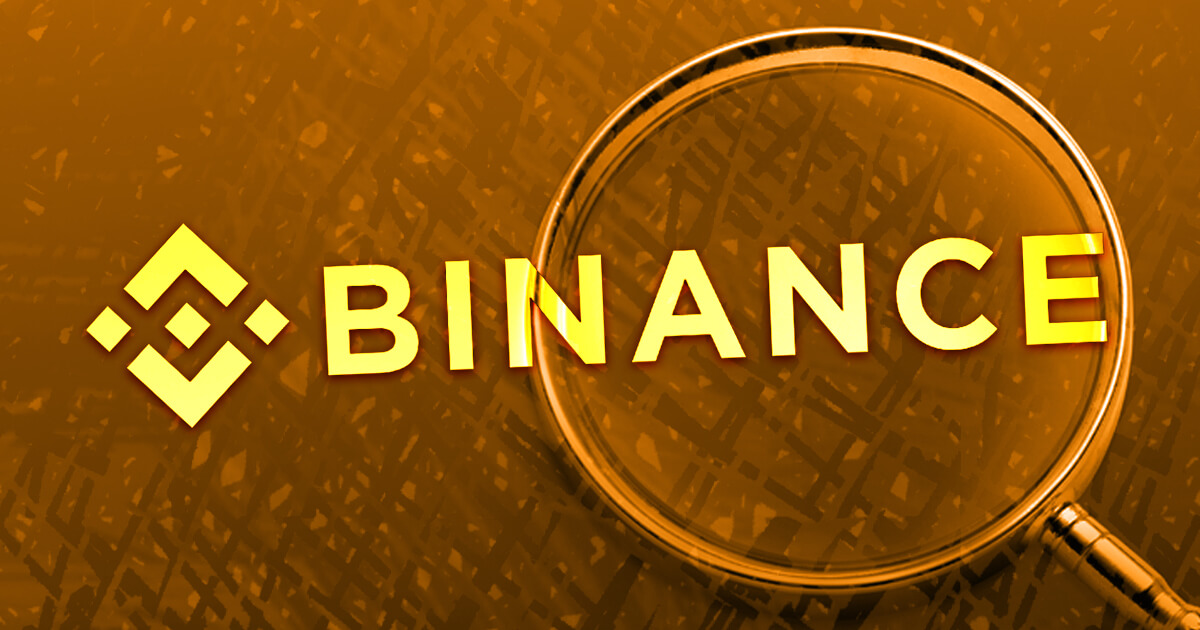Explosive new revelations published by the Wall Street Journal claim that Binance and Binance U.S. are more intertwined than previously thought.
The report is based on Telegram chats reviewed by the WSJ between 2018-2020, in addition to supplementary interviews the WSJ conducted with unnamed Binance/US staff.
Binance and Binance.US complexities
Binance and Binance.US, two cryptocurrency exchange platforms, have been discovered to have a far deeper level of integration than they publicly disclosed, according to findings by the WSJ, with developers in China reportedly maintaining the software code that supported Binance.US users’ digital wallets, potentially granting Binance access to sensitive customer data in the US.
Binance’s attempt to neutralize U.S. authorities by launching Binance.US was led by fear of a crackdown on unregulated offshore crypto players, the WSJ report alleges, led to the decision to create Binance.US, a bare-bones American platform licensed by Binance but appearing wholly independent, the WSJ added.
Binance’s close involvement with Binance.US was on display in September 2019 when a Binance staffer in Shanghai turned on trading for the U.S. platform a few minutes before it was meant to launch, resulting in an exchange in a Binance chat group on the messaging app Telegram:
Ninj0r [a Binance software developer]: Why did trading start???? It’s not time yet!!! Who started trading? We had the trading timers set? Who started trading?
Other messages followed, including another urgent one from Ninj0r: someone started TRADING EARLY. Who did it? At 8:56:09.822 someone manually started trading. Who? Why?
Eventually, the company founder and chief executive answered.
Changpeng Zhao: a guy here in Shanghai, mistake operation.
Binance had expressed interest in having Gary Gensler as an advisor
The WSJ reports that Binance proposed having SEC Chair Gary Gensler serve as an advisor, but the proposal was rejected. However, Gensler did share some “license strategies” with the former head of Binance Labs, Ella Zhang, and Binance employee Harry Zhou.
Harry Zhou’s regulatory PR push for a separate US entity
According to a presentation reviewed by the WSJ, in late 2018, Harry Zhou, who was working for a bitcoin trading company financed by Binance, suggested to Binance executives that they establish a U.S.-based business that would invite inquiries from U.S. regulatory agencies and enforcement, thus shielding Binance from their scrutiny.
The presentation included a section on “Regulator Engagement Plans,” proposing that Binance launch “major PR efforts demonstrating US operation’s willingness to exceed SEC expectations and serve as an industry resource for the SEC.”
According to the WSJ, Zhou incorporated a Delaware company, BAM Trading Services Inc., in February 2019, which became the operator of Binance.US. Binance’s former CFO announced the firm’s creation, along with two others called BAM Management US Holdings Inc. and BAM Technology Services Inc. in an employee Telegram chat.
BAM Trading and VPNs
In June 2019, Binance announced the establishment of Binance.US in partnership with BAM Trading, a firm that would license Binance’s brand and technology. Binance.US registered as a money services business with the U.S. Treasury’s Financial Crimes Enforcement Network. However, according to documents viewed by the WSJ, Binance did not disclose that its founder and CEO, Mr. Zhao, controls the BAM companies through a layer of entities incorporated in the Cayman Islands and the British Virgin Islands.
Despite announcing that it would stop accepting U.S. customers on its global platform, Binance officials discussed how to keep them. In a Telegram chat in June 2019, an employee noted that over 18% of page views on Binance.com were from U.S. users. Samuel Lim, then Binance’s compliance chief, suggested ways to retain the largest U.S. clients, including encouraging them to use a VPN to appear to be located in another country. Lim also discussed whether U.S. customers had offshore entities they could use to access Binance, according to documents reviewed by the WSJ.
Risks for Binance and its CEO Changpeng Zhao
If true, the Telegram leaks could damage both CZ and Binance.
Suppose U.S. regulators determine that Binance has control over a U.S. company. In that case, they could claim the power to police Binance’s entire business, exposing the company’s finances to closer scrutiny and risking prosecution.
The Securities and Exchange Commission and the Justice Department have been investigating Binance’s relationship to Binance.US since at least 2020.
The WSJ added that the SEC is looking into specific ties between Binance.US and two trading firms with close ties to Zhao, Merit Peak Ltd. and Sigma Chain AG.
On Mar. 3, a bipartisan group of senators asked Binance to answer a series of questions, alleging that the company had “hidden basic financial information from its customers and the public.”
Response from Binance and Binance.US
Binance executives and employees declined to comment. The WSJ added that the Binance spokeswoman did not respond to requests to make Lim or Zhao available for comment, while Harry Zhou and Wei Zhou also did not respond to requests for comment either.
Taking to Twitter on Sunday night, CZ reminded his 8.2 million followers to ignore FUD, attacks and fake news.
Credit: Source link





























